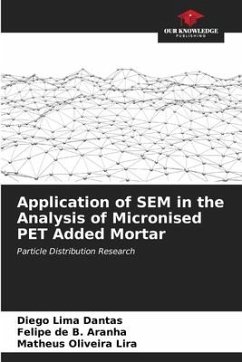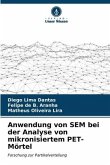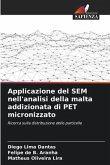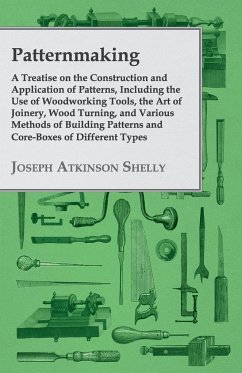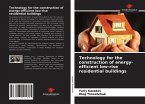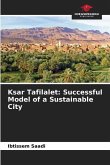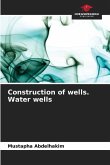Waste disposal and reuse processes have been strong points in discussions and studies related to environmental conservation ever since man realised the need for them. At the same time, and no less importantly, there have been studies aimed at discovering new raw materials and technologies for the most diverse segments of activity in order to avoid the scarcity of various products. Polyethylene terephthalate (PET) is a thermoplastic that is widely used around the world to manufacture packaging, particularly bottles for carbonated drinks. Its characteristics include low density, transparency, gloss, good performance in different designs, safety and ease of moulding, as well as high mechanical and chemical resistance. Its use generates a large volume of waste that is improperly disposed of in the environment, which causes serious environmental impacts. The aim of this study was to assess the microstructure of mortars incorporated with micronised PET as a partial substitute for fine aggregate at 20% and 30%. Specimens measuring 5 cm x 10 cm were moulded and their physical properties assessed.
Bitte wählen Sie Ihr Anliegen aus.
Rechnungen
Retourenschein anfordern
Bestellstatus
Storno

